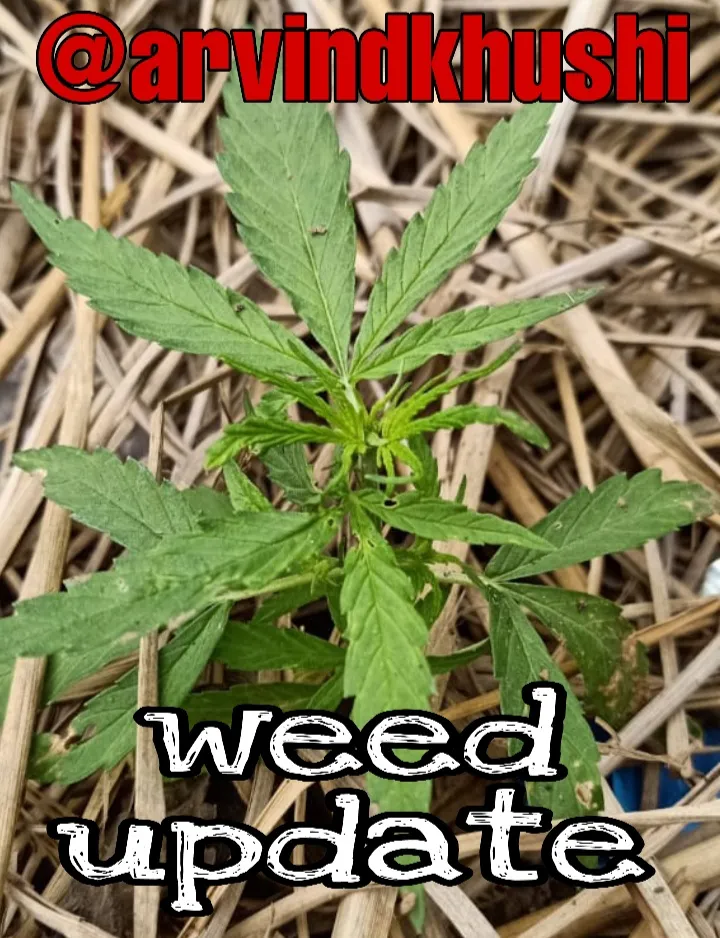
During late decades, arable editing has been heightened to expand creation, yet has likewise been compelled by agri‐environment plans. Weed populaces react to such changes, along these lines demonstrating patterns in trimming rehearses. In Finland, continued checking of the weed verdure plans to record and comprehend the reaction of weed populaces to changing social conditions. Two ongoing studies of the weed vegetation in Finnish spring oat fields, led in 1997–1999 and 2007–2009, were assessed to evaluate the impact of known changes in culturing practices and herbicide use on weed event. The equivalent 382 fields were evaluated during the two decades. In regular trimming, the all out wealth of weeds has stayed at about a similar level as recorded in the late 1990s. Overwintering weed species like Galium spurium , Lamium spp., Lapsana communis and Poa annua have gotten increasingly visit, showing a pattern towards decreased essential culturing. Expanded utilization of glyphosate has thus prompted a decrease in Elymus repens , especially in non‐ploughed fields. Considerably expanded absolute biomass of weeds was related with natural editing, because of absence of direct weed control techniques and lacking yield rivalry. The contrary pattern was obvious in the fields, which had come back from natural cultivating back to ordinary editing. The outcomes recommend that progressively definitive IPM procedures are required, both in natural trimming to stop the expanding weed biomass and in customary editing to lessen current dependence on herbicides